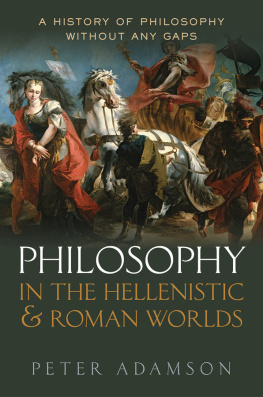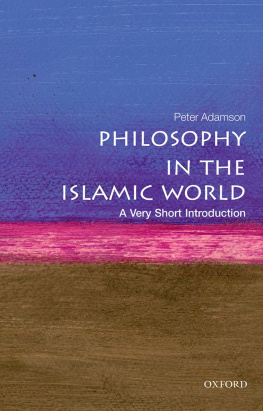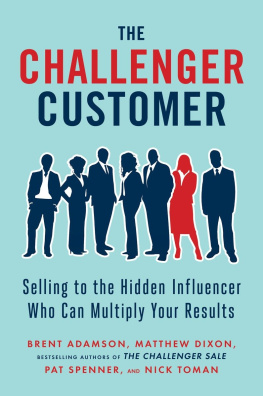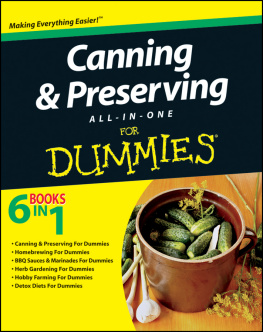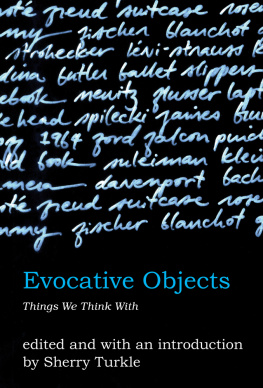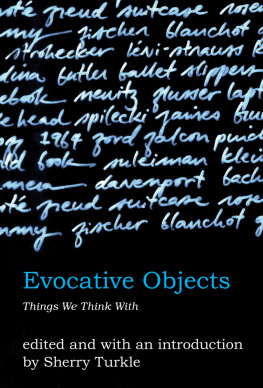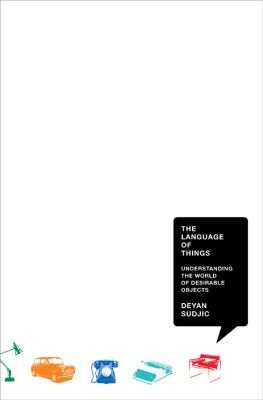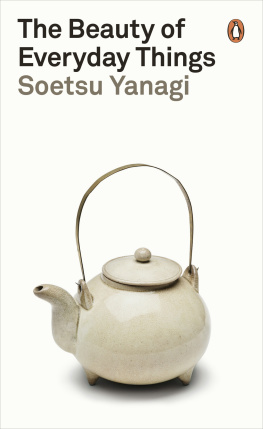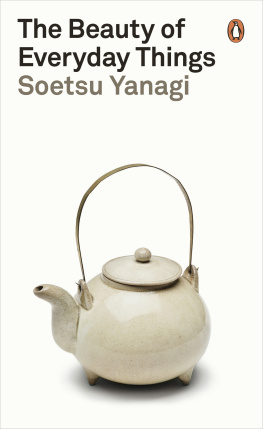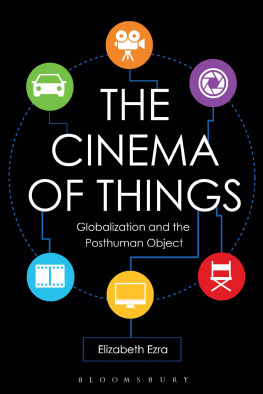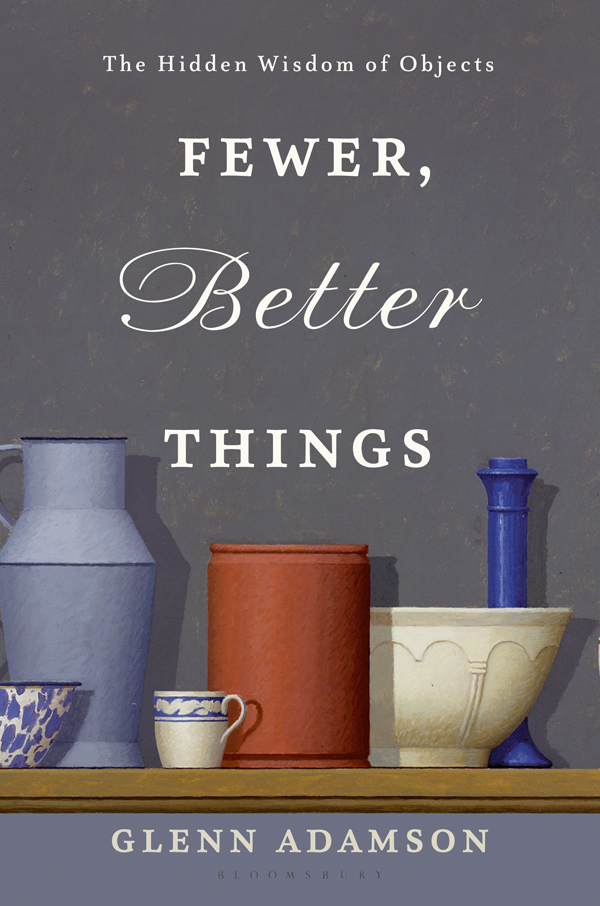Contents
Guide
Pagebreaks of the print version


BY THE SAME AUTHOR
Art in the Making (with Julia Bryan-Wilson)
The Invention of Craft
The Craft Reader
Thinking Through Craft


CONTENTS
Like most American children, I had a teddy bear when I was young. Two, actually. One was big and floppy, slightly walleyed, with a tight-fitting T-shirt bearing his name in hand-stitched red letters: PHIL. The second, smaller one was my favorite, ranking so highly in my imagination that he did not even have a name. If pressed, I would have referred to him as Bear, but he was more like an alter ego of myself. Compact and surprisingly heavy, with tiny glittering eyes and no garments or other accessories, he was a constant companion and an actor in whatever imaginary narratives I invented. Despite his modest size, he was a big presence in my life.
I owned Phil and Bear before I even knew how to talk, and I interacted with them mostly without words, through touch. Today I look at children three or four years of age and wonder how they will be different, not only from my generation but from all others preceding mine. Most kids still are given stuffed animals by their parents, often in profusion, and in many colors, shapes, and sizes. But what really seems to capture a childs attention is technology. If you want to see a distracted ten-year-old suddenly achieve total focus, hand them a smartphone or a digital tablet and watch them go down the rabbit hole. They will probably already be well adapted to the device and its possibilities, and able to navigate it as if by ancient instinct. I have heard stories, possibly apocryphal, of kids swiping at the cover of printed magazines in an effort to move the picture on to the next one. Many a behind-the-times parent, using an analog camera loaded with celluloid film, has witnessed their childs baffled disappointment when the picture fails to appear immediately on-screen on the back.
Clearly, children are getting a lot out of technology, and they will continue to get more out of it as they grow older. They will have countless transformative experiences in the infinite and depthless zones of the digital, not only stimulation and entertainment, but also information and awareness. What will they be like when they reach maturity? Quite likely, their breadth of understanding will be vastly superior to my own generations. Their grasp of the world will be as unlimited as the Internet itself. They will have explored its distant reaches, virtually, from an early age. On the other hand, to the extent that these children clutch a smartphone rather than a teddy bear to their small selves, they may be losing an intimate connection to physical objects, which has nurtured human development for many thousands of years. Commentators have worried semiseriously about the emergence of an entirely new species, the brittle bodied, hefty headed Homo Technologicus , who can surf the web with ease but has trouble throwing a ball. We are running a giant experiment on this generation, without a control group.
Interestingly, young people do seem to realize that they are missing out on something. My brothers family lives in Munich, but last summer they came to see me in New York. During their visit, I noticed that my fifteen-year-old niece, Sophia, had set up a framed photograph of her cat Pepper next to her improvised bed in the living room. She had brought it with her all the way from Germany. I was surprised and asked her why she had bothered. Didnt she have pictures of the cat on her phone? She replied in a way that was as perceptive as it was tongue-twisting: Yes, but I want a picture of Pepper. And the point of the phone is not to show a picture of Pepper, while the point of the picture of Pepper is to be a picture of Pepper.
Sophia had cleverly noticed an important fact about traditional (that is, nondigital) objects. Because they are unable to transform themselves at the level of content, they must answer to our needs without the benefit of adaptability. A physical artifact has to have, as Sophia put it, a point. A framed photo, like a pot or a pen or a table, must serve its purpose, just as it is, without apps or upgrades. In the digital era, this irreducible thingness may seem like a drawback. But lets not forget that it is also an enduring human value. A well-made object is informed by thousands of years of accumulated experiment and know-how. Whenever we make or use an everyday tangible thing, or even when we contemplate one seriously, we commune with this pool of human understanding.
A smartphone may help its user to navigate an unfamiliar city perfectly well, and goodness knows it can hold a lot of cat pictures. But it was probably manufactured a world away from its user, with great negative impact on the environment and on workers lives. It can also diminish our awareness of our immediate surroundings, as when we follow Google Maps like a mouse in a maze, facedown, rather than looking at the streets around us. Its when we dont engage with our material environment in a focused manner that we truly lose our way. As a culture we are in danger of falling out of touch, not only with objects, but with the intelligence they embody: the empathy that is bound up in tangible things.
I am speaking here of material intelligence : a deep understanding of the material world around us, an ability to read that material environment, and the know-how required to give it new form. This skill set was once nearly universal in the human population, but it has gradually shifted to specialists. Meanwhile, materials themselves have proliferated, becoming more numerous and complicated thanks to scientific research. As a result of these tendencies toward specialization and complexity, even as our literacy in other areas (like visual codes and interactive technology) has increased, our collective material intelligence has steadily plummeted. We are all born with this faculty. It is instinctiveits why a child loves his teddy bear. But like any inherent capacity, it can flourish or fade depending on how it is nurtured.
There are many different facets of materiality, many ways we can engage with physical objects. We may or may not notice them, or know what to make of them, but the objects are there all the same, awaiting our understanding. Heres a good example of what I mean. My grandfather Arthur grew up in Coffeyville, Kansas. When his sister Gail was thirteen years old, she was hired to mind the neighbors 160-acre farm for a few days while they were away. When she returned a week later with four dollars wages, an impressive sum for a girl her age, her parents asked how it had been. She said fine, but there had been one problem. The hog had died. It was August, and under the summer sun a bunch of farm dogs had chased the two-hundred-pound pig until it expired in the heat. This was in the days before landlines came to rural Kansas, much less smartphones, so she couldnt call for help.
Heres how my grandfather told the story:



